
Ahead of Remembrance Sunday, author Jeff Connor writes about Siegfried Herford, a talented British climber who died in the Great War. Herford made the first ascent of Scafell's Central Buttress with three companions in 1914, and is credited with initiating Britain's gritstone climbing obsession.
Brown's Road Military Cemetery is a small square amid the long line of commonwealth war cemeteries stretching across northern France from Bayeux in the west to Ypres in the east, close to the Belgium border. It's a walking distance from the village of Festubert, close to Bethune where too many died, in too many futile battles, between 1914 and 1918. Private Siegfried Herford, of the 24th Battalion Royal Fusiliers is in Plot I, G. 20, close by the front entrance. The headstone reads: 'I will lift up mine eyes unto the hills from whence cometh my help'.
There are over 1,000 other graves at Brown's Road, 407 of which are still unidentified along with three British soldiers who had been 'shot at dawn' as they say in that dreadful army jargon. Happily, all were posthumously pardoned in 2006 and can now join the ranks of the respected alongside Siegfried and millions of others on the 100th anniversary of Armistice Day this Sunday.
On the morning I first went to Festubert - a chilled February 15 years ago - I was still recovering from Scotland's 38-3 defeat in Paris and in the mood for some weepy grief (covering Scottish rugby for a living does that to you). It was a Monday morning, but there were already some two dozen visitors scattered around the gardens, most of them British and all of varying ages. One man, with young children, spotted me wandering round with no real sense of purpose and asked the obvious questions: who are you looking for? Are you family? Or are you a friend? I mumbled 'friend' which was a fib, but probably better than saying 'I'm here to see a guy I'd spotted in a few old photographs'.
I've never been able to explain exactly why I was there. I suppose the old images had something to do with it: a young boy at Castle Naze, footed in metal cleats, sneaking across the Scoop like a cunning cat burglar (and one unlikely ever to be caught). I remembered another of the same lad, pipe in mouth, standing next to George Mallory at Pen Y Pass and both about to head off somewhere or maybe just after arriving back. And the most famous one of all: Siegfried in a tweedy suit unflappable atop the Flake Crack on Central Buttress looking down and into the distance, like a tourist admiring a view. That photograph used to top the bucket lists of thousands of climbing neophytes … and probably still does.
As for the boy himself, if charisma is a charm that inspires devotion Herford had it in spades - for me at least, even relying on old photographs. When everyone I knew wanted to be a Dolphin, a Harding or a Brown, I wanted to be a Herford.
The poignancy of the early death apart, there were other reasons: he lived in Manchester, was schooled at Manchester Grammar and graduated from Manchester University, which in my eyes meant he had been ordained by God. The decision of the War Office to refuse him a commission at the outbreak of war was appalling and infuriates me even today. Various explanations have been offered, all as ludicrous as the last: he'd once climbed in South Bavaria, there was a Siegfried in Wagner's Ring Cycle and Wagner was notoriously anti-Semite and the first name was too Teutonic, though that didn't stop another Siegfried, the poet and author Sassoon, from enlisting.
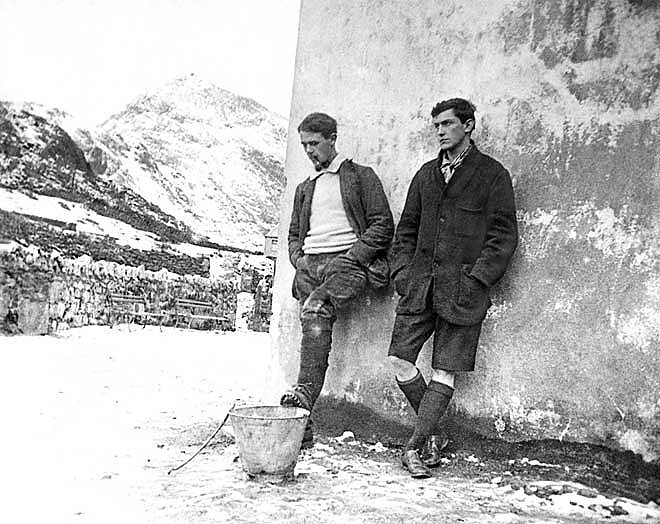
In the end Herford did join up - as a Private and a much-admired Private at that. He was killed in January 1916, hit by a rifle grenade during one of those prolonged and totally fruitless trench skirmishes near Bethune. He was 25.
In a letter to his parents a divisional colleague wrote: 'Among us all he was not only very popular, but respected too, and we all feel his loss sorely. On the march he never tired, and on innumerable occasions, at the end of a trying march, Herford was to be seen cheerfully striding along carrying another man's rifle in addition to his own. On our first visit to the trenches I sprained my ankle rather badly, and though we were in the open and under fire, it was your splendid son who not only took my equipment, but gave me a shoulder to the field dressing station'.
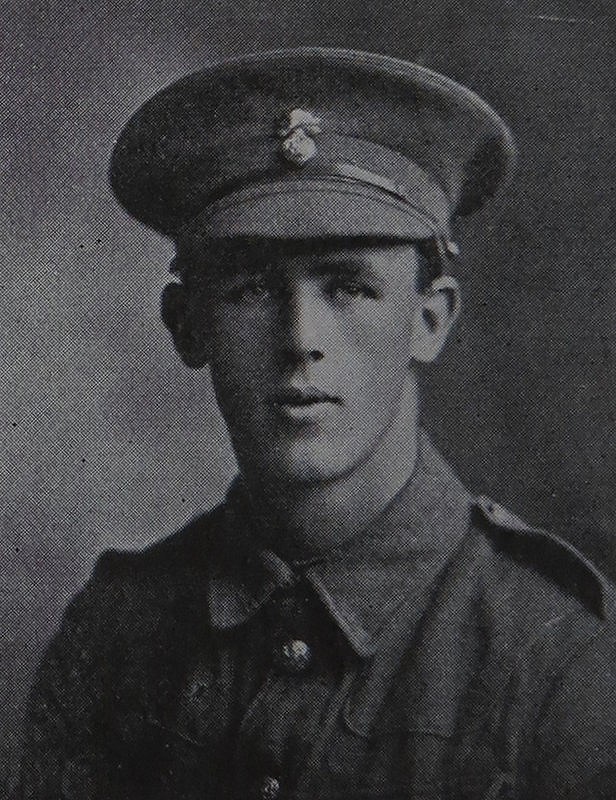
He was plainly gifted in many ways; strong, tireless and 'brilliant and brilliantly sane' as John Laycock, one of his climbing partners, put it. I still like to imagine a scenario in which Siegfried survives the Great War, is selected for the 1924 Everest expedition and leads the notoriously forgetful and careless Mallory to the summit and back. Whether a man with a Teutonic background, schooled at a red-brick university, would ever have made it to a famously Oxbridge dominated expedition is a different matter.
His grave in France apart, Siegfried's name is in the University of Manchester War Memorial, by the Main Quadrangle. He is listed in the Fell and Rock's bronze memorial on the summit of Great Gable and there is an image of him in one of the stained glass windows inside the church at Eskdale Outward Bound Centre. All are well worth visiting and the intention is to go back next year. Until then, this Sunday I'll raise a glass to Herford and his fellow fallen comrades.
- ARTICLE: Always a Little Further 20 Feb, 2019
- ARTICLE: Nea Morin - Hard Days for a Lady 8 Jan, 2019

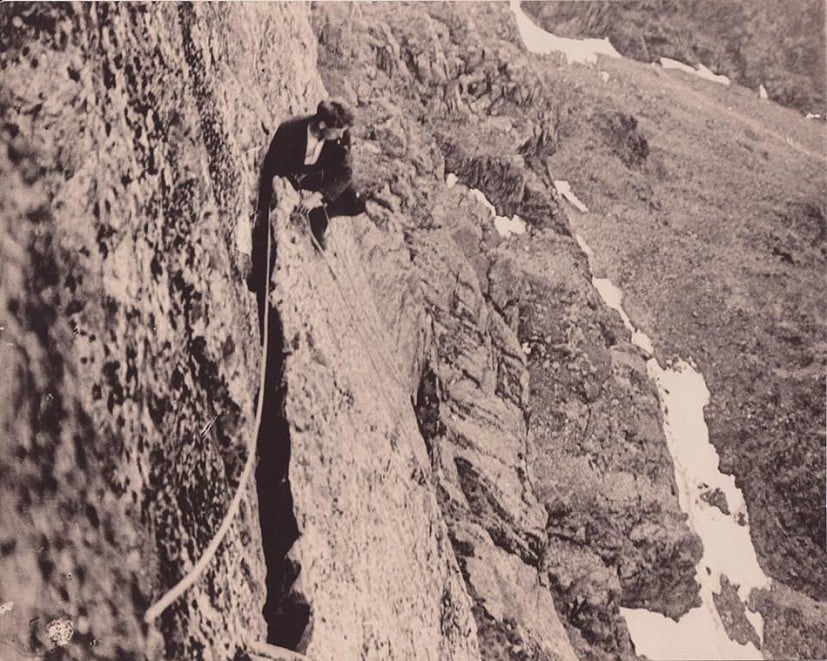
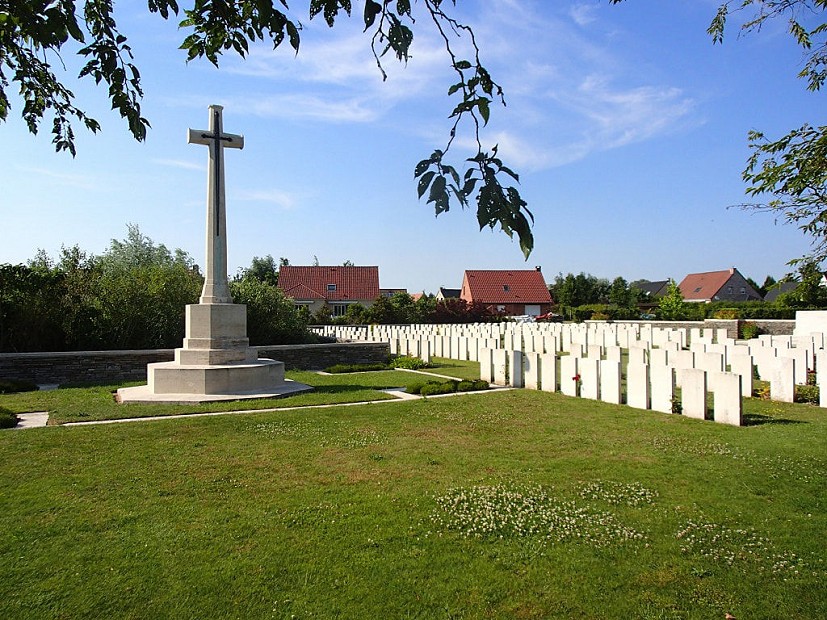

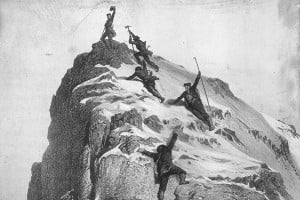
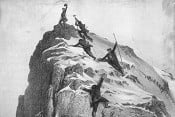






Comments
Thank you JC for such a poignant article.
Heroes in both arenas, bravo chaps.
Thank you. A fitting tribute to an iconic figure. Reminds me to have a look out for a poem/song I heard some time ago about the Great War & it’s futility. Will try to find it.
Here it is...
Green Fields of France
Well how do you do young Willy Mc Bride Do you mind if I sit here down by your graveside And rest for a while in the warm summer sun I've been walking all day and I'm nearly done I see by your gravestone you were only nineteen When you joined the great calling in nineteen fifteen Well I hope you died well and I hope you died clean Or young Willy Mc Bride was it slow and obscene
Did they beat the drum slowly, did they sound the fifes lowly Did they sound the death march as they lowered you down Did the band play the last post and did the pipes play the 'Flowers of the Forest'
Did you leave a wife or a sweetheart behind In some faithful heart is your memory enshrined And though you died back in nineteen fifteen In some faith full heart are you forever nineteen Or are you a stranger without even a name Enshrined forever behind a glass frame In an old photograph torn battered and stained And fading to yellow in a brown leather frame Well the sun now it shines on the green fields of France There's a warm summer breeze it makes the red poppies dance And look how the sun shines from under the clouds There's no gas no barbed wire, there's no gun firing now But here in this graveyard it's still no man’s land The countless white crosses stand mute in the sand To man's blind indifference to his fellow man To a whole generation that were butchered and dammed Well Will Mc Bride I can't help wonder why Do those that lie here know why did they die And did they believe when they answered the call Did they really believe that this war would end war Well the sorrow the suffering the glory the pain The killing the dying was all done in vain For young Willy Mc Bride it all happened again And again, and again, and again, and again
Around Kendal there are signs up with the names of those killed in WW1, close to where their homes were. And there are SO many names. It just brings it home to you; this was real, not something in black and white. Sobering and emotional. I can’t help but stop and read those names, and silently give thanks and respect.